What Is Cybersecurity and Why It Is Important?
On average, there’s a cybersecurity incident every 39 seconds somewhere in the world. At a time when digital technology plays a role in every aspect of everyday life, safeguarding your information online has never been more critical. We rely on the inbox for everything, from receiving bank statements to sharing critical company information with colleagues. With cyber attackers and scammers never taking a holiday, it’s essential to stay up-to-date on the latest cybersecurity basics to maintain your privacy.
Let’s take a closer look at today’s cybersecurity best practices so you can safeguard your information without sacrificing simplicity.
Cybersecurity Basics: The Top Practices
Email cybersecurity is of the utmost concern, given that we carry our inboxes in our pockets via digital devices. Apply these personal cyber security best practices to maximize your privacy.
1. Robust Passwords and Two-Factor Authentication
Complex passwords and two-factor authentication (2FA) pack a one-two punch for cyber attack prevention. Robust passwords include a combination of uppercase and lowercase letters, numbers, and symbols. As hackers become more adept at breaking into systems, users will need to improve their passwords by ensuring they’re not easy to guess or not easily recognized in a line of code.
2FA bolsters your email security by adding an extra layer of protection. Even if an attacker gets your password, they would still need a secondary form of verification to access your account. This could be a code sent to your phone via SMS, a biometric scan, or a physical token, for example. Implementing 2FA significantly reduces the risk of unauthorized access and provides peace of mind.
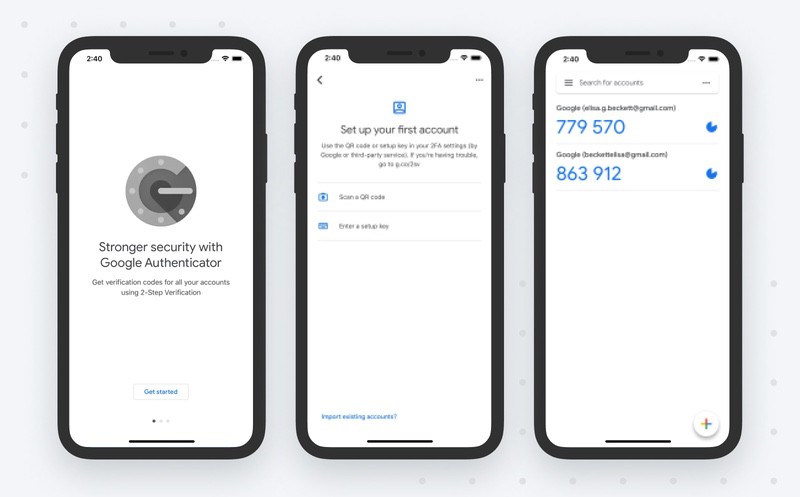
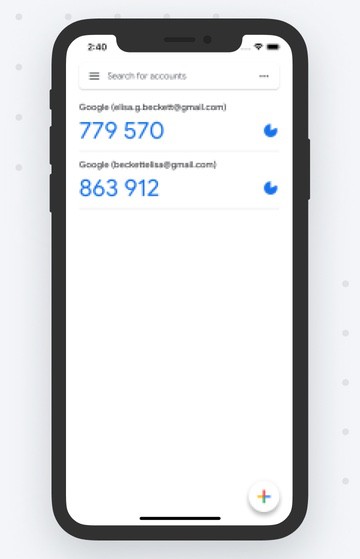
Many email clients offer 2FA, often under various names; for example, learn here how to set up Gmail 2-step verification.
2. Consistent Software and Hardware Updates
Outdated systems can leave your inbox vulnerable to cyber attacks. By regularly updating both your hardware (such as routers and firewalls) and software (like email clients and antivirus programs), you can ensure your email security measures are up-to-date and equipped to handle the latest threats.
Your email client may update automatically, or it might prompt you to install the latest software. The update itself might not make visible changes to your inbox, but you can rest assured its security features are working in the background.
3. Vigilant Email Practices with Clean Email
In the world of online safety, managing your emails is key. This is where Clean Email emerges as a standout tool, combining easy inbox complementing with strong security. The app includes built-in privacy features to protect your inbox, even when you can’t check your email in a secure location.
First of all, the Privacy Monitor feature helps you answer the question 'Have you been pwned?' by scouring the internet for known data breaches. If one is detected, you’ll be prompted to change your password, enable 2FA, update your password manager, or take other necessary actions.

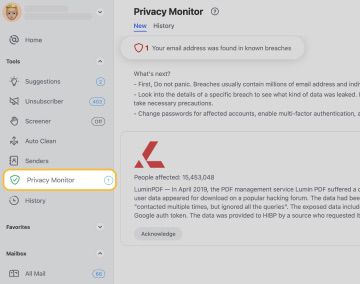
The Screener feature in Clean Email is designed to help you avoid phishing emails. It filters emails from new senders, setting them aside for your review before they reach your main inbox. This careful screening ensures that unwanted or spammy emails are identified and managed effectively, preventing them from cluttering your email routine.
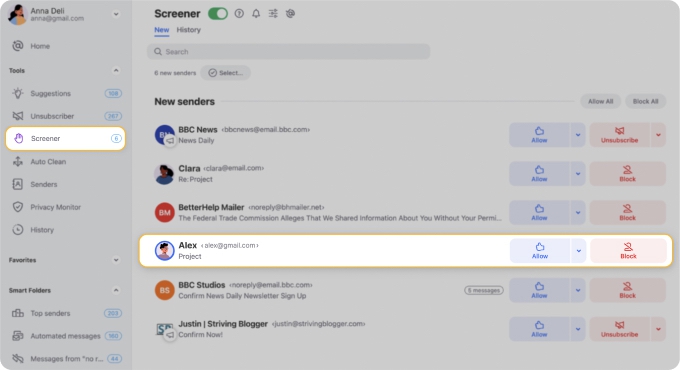
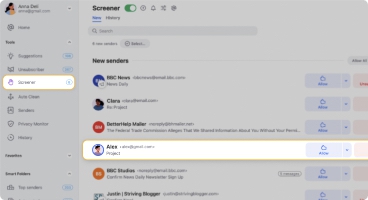
4. Safe Link Practices
Be wary of any email that contains links, particularly those from unknown sources. Even if the link appears to be from a trusted source, you’ll want to ensure it’s a legit link before clicking. Otherwise, you might mistakenly download malware that can damage your system and steal your information.
Some ways you can verify links include:
- Hovering over the link to see the actual web address it leads to.
- Contacting the sender directly to confirm that the link is safe.
- Using security software or browser extensions that can help identify and block malicious links in real-time.
These email cybersecurity basics can help prevent cyber attacks with very little effort on your part.
5. Essential Antivirus Protection
Many consumers are overwhelmed by the subscription model, but one you don’t want to sleep on is your antivirus software subscription. Typically sold as an annual license, antivirus software is the unsung hero in defending against cyber threats. It acts as the frontline defense against malicious software.
Monitoring and detecting suspicious activity is crucial in preventing cyber attacks, helping you react faster to potential threats.
6. VPN Encryption for Online Security
One of the most overlooked cybersecurity tips, the importance of VPNs in encrypting data and safeguarding online activities cannot be overstated. VPNs create a secure connection between the user and the internet, ensuring sensitive information remains private.
As more people use public networks for remote work, VPNs have become increasingly critical. These networks are hunting grounds for hackers seeking vulnerabilities to steal data. Your VPN acts as a shield, concealing your activities. Don't rely on stores or restaurants to uphold best practices for network security; always use a VPN when connecting to public Wi-Fi for the utmost peace of mind and security.
While encrypting your connection, also take advantage of Apple's 'Hide My Email' feature. It enhances privacy by allowing you to use unique, random mail addresses in place of your personal one for online sign-ups and purchases. This approach keeps your actual email address private and minimizes spam, as you can easily deactivate any address that receives unwanted messages.
7. Data Backup Protocols
Many believe that whatever is posted online lives forever. Still, security best practices suggest you regularly back up your data so you can restore access to it in the event of a cyber attack.
Hackers can lock up your system and keep you from accessing your data. By having your data stored in more than one place, you can keep life moving forward.
Exploring the Additional Benefits of Clean Email
Alongside top email security software, Clean Email is an essential tool for inbox organization and safety. It helps you manage your emails without compromising privacy or simplicity and works seamlessly with all major email providers. So, make your secure email provider even more secure—it’s easy!
With this single app, you gain a full range of protection and features, including:
- Cleaning Suggestions: Take quick actions on similar messages you’ve deleted or those that are frequently deleted by other Clean Email users. Reducing clutter lets you focus on more important messages.
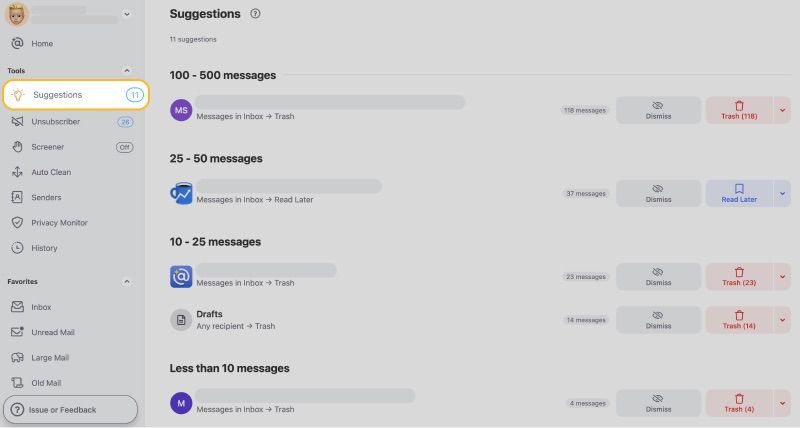
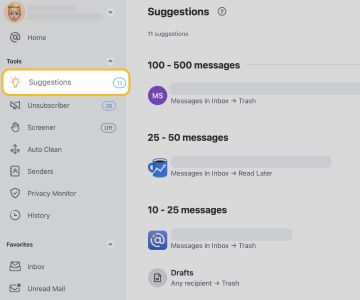
- Unsubscriber: Take your mail address off junk lists in bulk with one simple click—say goodbye to unwanted newsletters and promotional emails without unsubscribing from them one by one.
- Auto Clean: Create custom rules to manage incoming emails automatically. Sort promotions to trash, organize newsletters, or flag important replies for an optimized email experience.
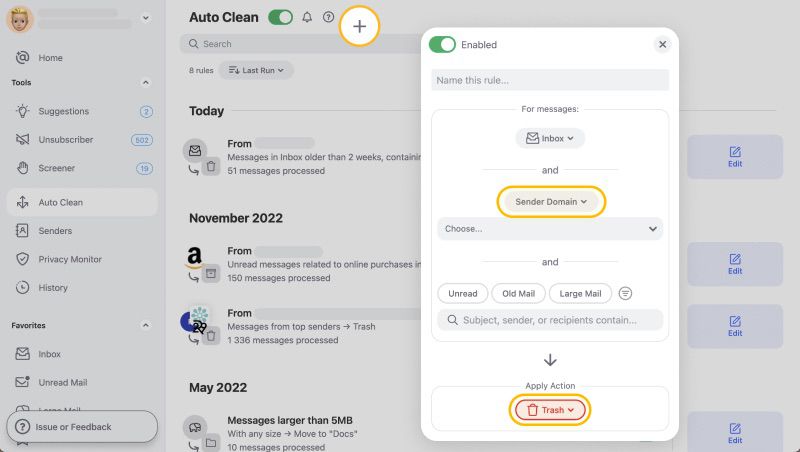

Additionally, every feature in Clean Email is designed with email security best practices in mind, ensuring not just an optimized but a secure inbox management experience. The app's mobile availability further enhances its convenience, allowing you to manage your emails securely from any location with its user-friendly mobile application.
Wrap-Up
If you’re wondering how to prevent cyber attacks, look no further than your inbox. Attackers often start with email to steal passwords and other data, then use their findings against you to steal more than just information.
By following the above cybersecurity best practices and using the best defensive technology, you can keep your data where it belongs—away from prying eyes! Integrating tools like Clean Email into your security routine adds an extra layer of protection, ensuring your inbox remains a fortress against cyber threats.


